
In the hunt for lighter Desktop Environments for your Linux system, it’s easy to become overwhelmed by the number of choices available to you. The community will send you all over the Internet looking at different DEs, and you’ll end up confused and looking to go back to whatever you had before. We’ve taken the liberty of narrowing the list down to just two choices: LXDE vs. XFCE. We discuss here which is the better lightweight desktop environment.
Before We Get Started
In an effort to standardize, we will be using LXLE to represent LXDE and Xubuntu to represent XFCE. They take away a lot of the inconsistent things about their respective DEs, and it makes it easier to focus on the parts that matter. They’re also both based on Ubuntu, so there is little difference in the underlying system itself.
Introducing LXDE
LXDE is widely known in the community as one of the lightest Desktop Environments around. One of the ways it accomplishes this is by using many separate components, each of which can be installed separately or swapped out for others.
An example of this is the Window Manager – Openbox is the default, but you can choose from many others to suit your wants and needs. LXDE is incredibly simple and minimal, and for users looking for a DE that’s light and stays out of your way, LXDE is a great choice.

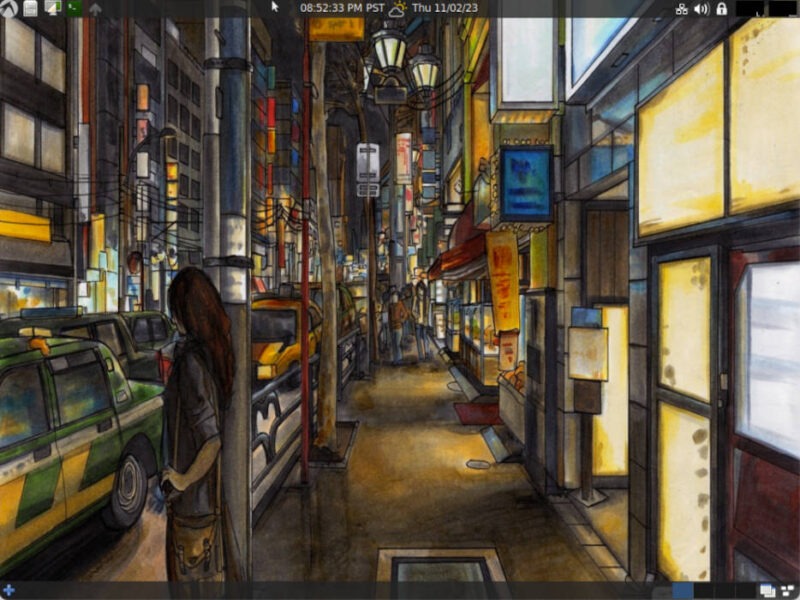

Introducing XFCE
XFCE is also an incredibly popular Desktop Environment. It’s lightweight, and yet still customizable that you can configure it to the way you want it. Similar to LXDE, there are components that you can easily swap out.
While the stock XFCE is not particularly appealing, the way the Xubuntu team manages the DE is really attractive. It’s a couple of theme and icon changes along with a better screensaver, and these little choices add up. Overall, XFCE is an excellent choice for those users with less than optimal hardware who are looking for a lightweight, responsive, but still fully featured DE.
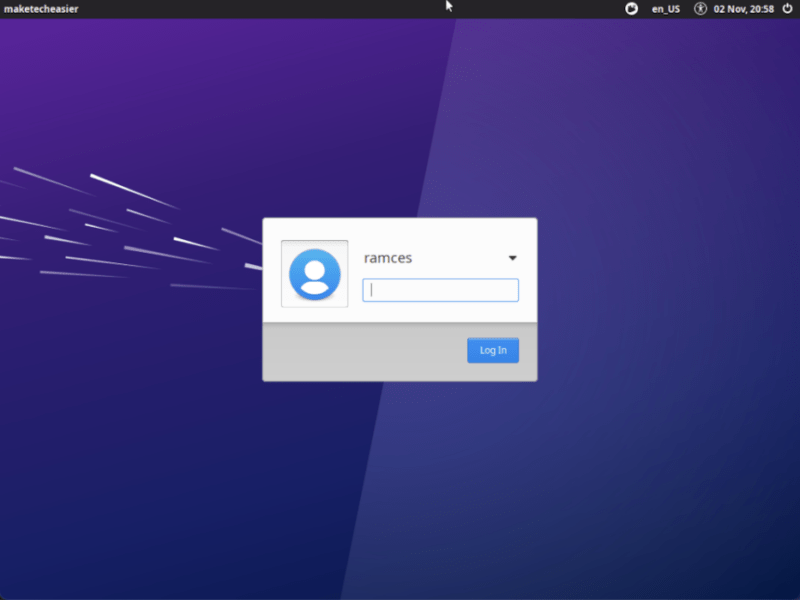
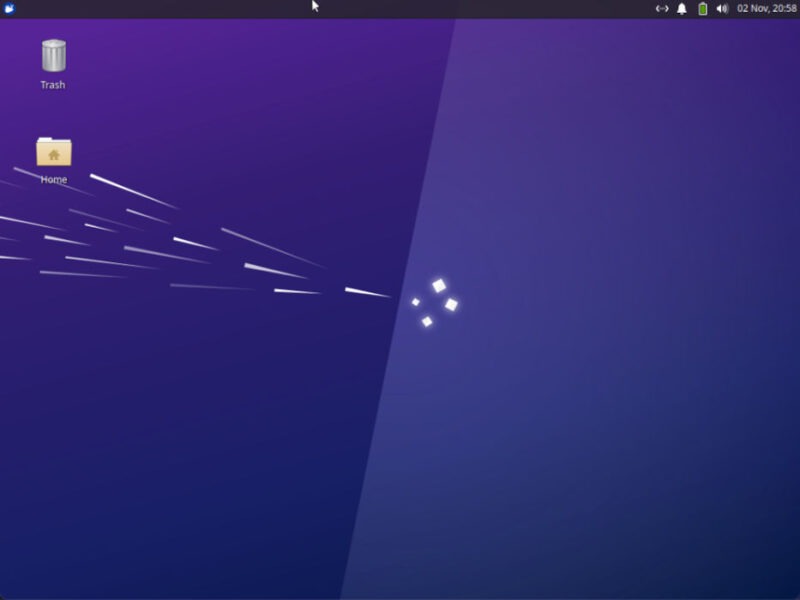
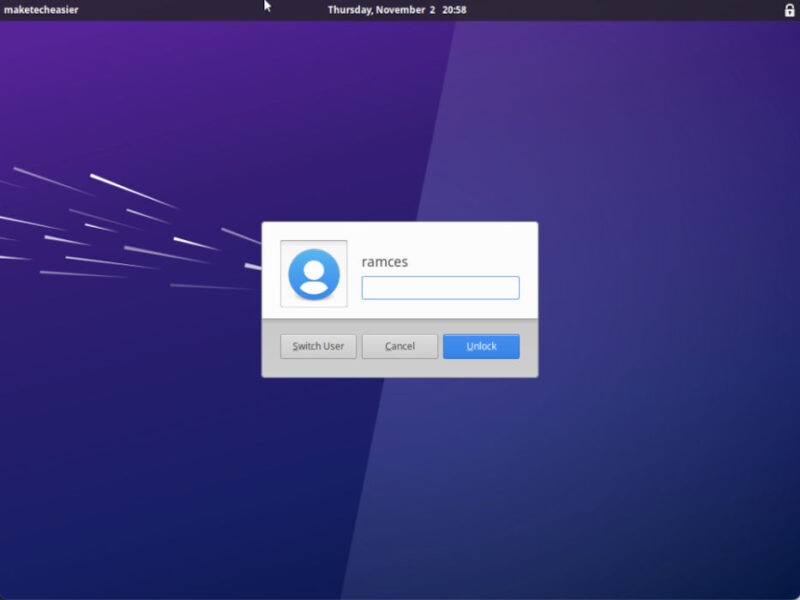
LXDE vs. XFCE Performance
In terms of performance, both DEs are excellent in identical virtual machines. They each have access to two cores of my i5 2500 CPU and 4 GB RAM. Booting each up takes between 5 to 10 seconds while programs open almost immediately.
Dragging windows around the screen is often smooth enough with little to no dropped frames, and interacting with the menus is really snappy. Where things get interesting is when you start to look under the hood.
LXDE vs. XFCE System Resource Efficiency
From a cold boot, both distros use roughly the same amount of CPU at around 1 to 2 percent. However, LXDE is more RAM efficient at around 247 MB RAM, whereas XFCE uses 423 MB.
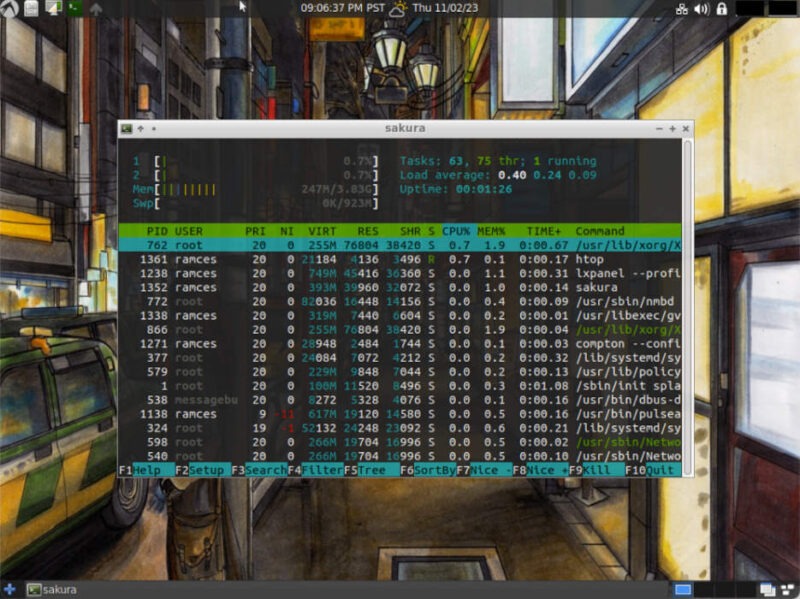
This is a huge deal for those users with very limited RAM. Older laptops with 2 or 4 GB RAM need to make every MB count, even just a few hundred MB. If you have a particularly limited system, you may want to choose LXDE.

User Friendliness
Both Desktop Environments are fine once you are familiar with them, but XFCE starts out way ahead of LXDE. This obviously depends on the implementation, but for the two in question here, XFCE walks away the victor in User Friendliness.
XFCE feels like a more all-rounded system where everything integrates tightly. It often comes with a bunch of user-level graphical applications, while LXDE relies on many programs from other DEs. For example, XFCE uses its own window manager, Metacity, to control its graphical windows.
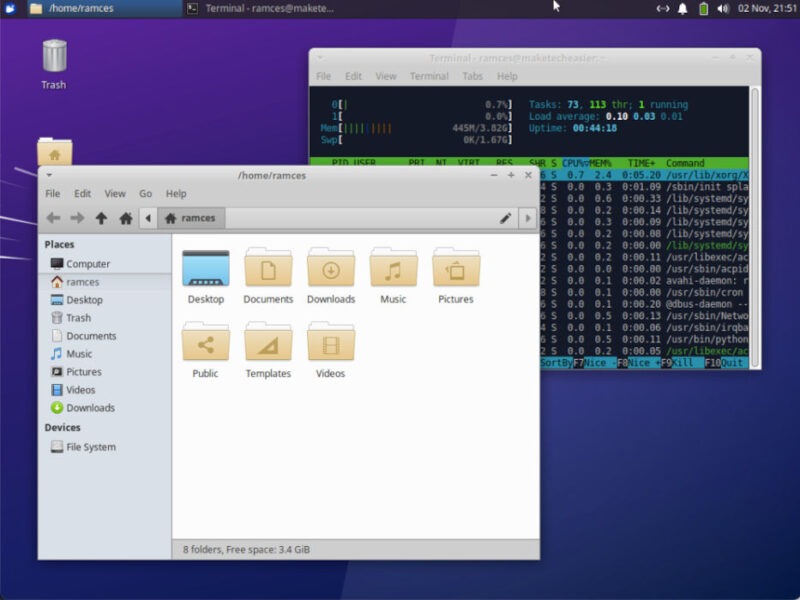
Moreover, I feel more at home with XFCE. LXDE feels disjointed, given all the separate components, and that makes me feel like there’s something else I should be doing or changing to get the most out of the experience. XFCE has depth and substance. It’s more welcoming, and it shows you how light a complete, fully-featured Desktop Environment can be.
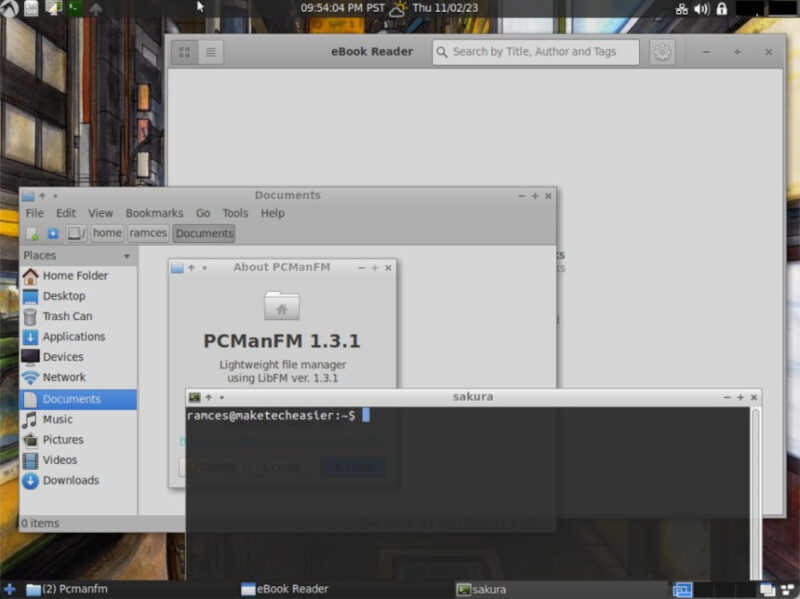
Customization
This is an area where LXDE shines the brightest. Due to its highly modular nature, it is possible to replace almost every part of the desktop without breaking the entire environment. For example, you can replace the panel, window manager and even the terminal emulator with a custom binary and LXDE will still run it for you.
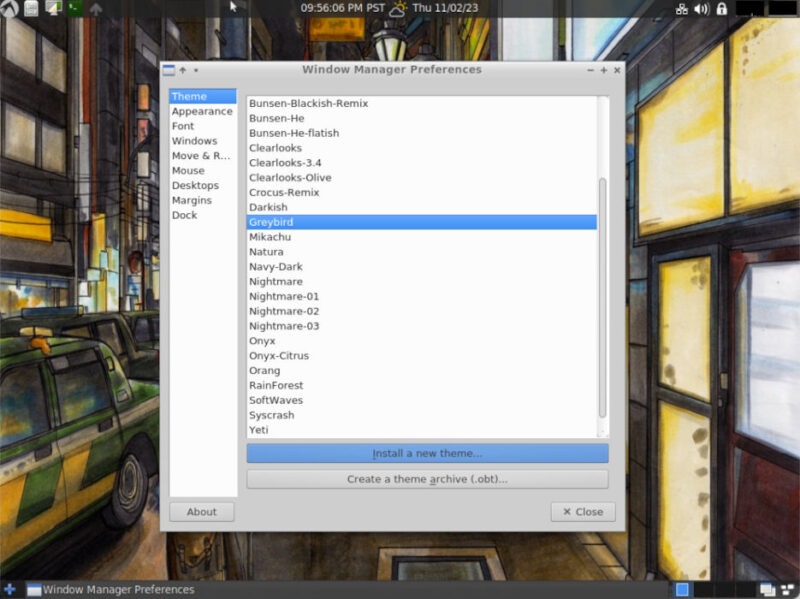
This can be great for advanced users who have experience with modifying deeper system-level applications. LXDE rewards users who are willing to tinker and constantly customize their system.
While XFCE also comes with different ways to customize it, its tight app integration means that there’s a limit to what you can reasonably change. For example, using a different window manager with XFCE breaks its panel module. This makes it harder to use XFCE as a base for your custom desktop setup.
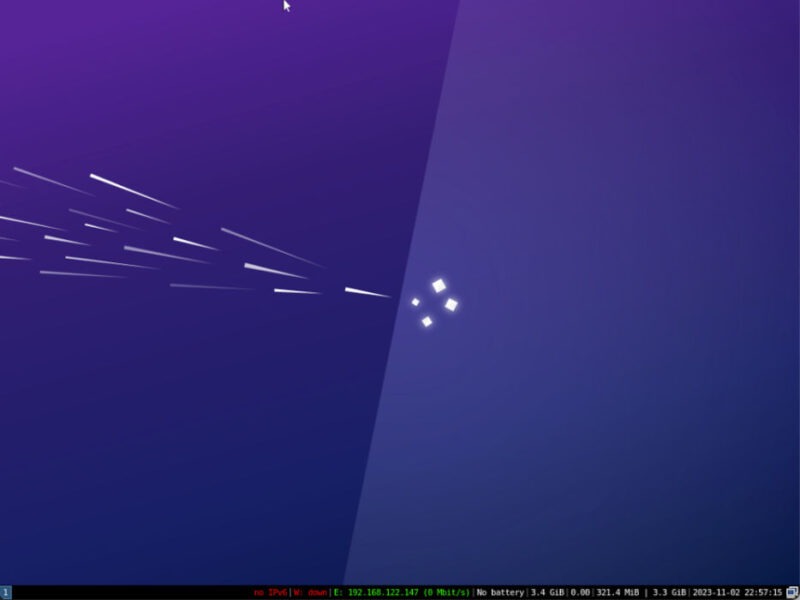
LXDE vs. XFCE: Which Is Better?
There isn’t one correct answer for this. Let’s look at the use cases where each DE shines.
LXDE
If you have a system that can’t seem to run smoothly no matter what you do, or if you feel like you’re leaving performance on the table when you load up a heavier Desktop Environment, LXDE is for you. There’s a reason that Raspberry Pi OS uses LXDE for its desktop, and why it runs so well.
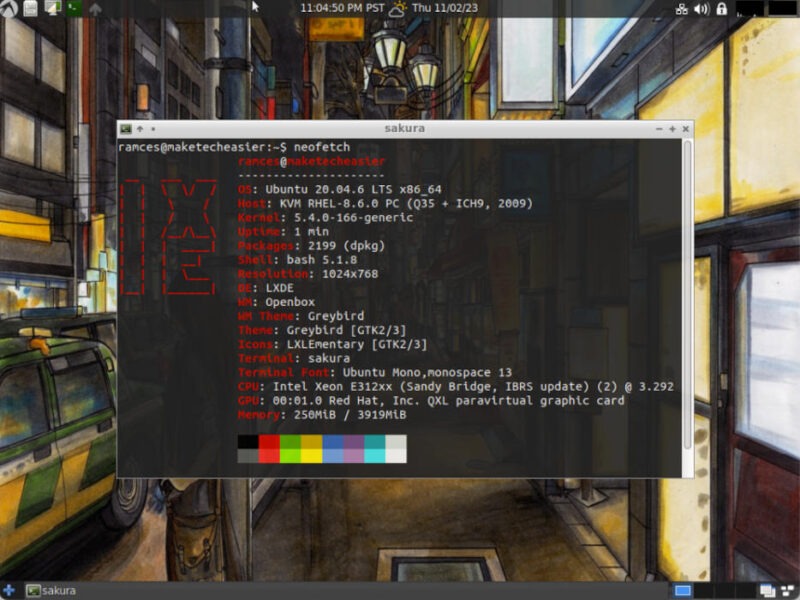
XFCE
In addition to being lightweight, XFCE also brings slight customization to the table. There are applications developed for XFCE, and things are tightly integrated. If you’re looking for excellent performance from a lightweight but complete Desktop Environment, then XFCE is perfect. It has a very loyal fan base of users for a reason.
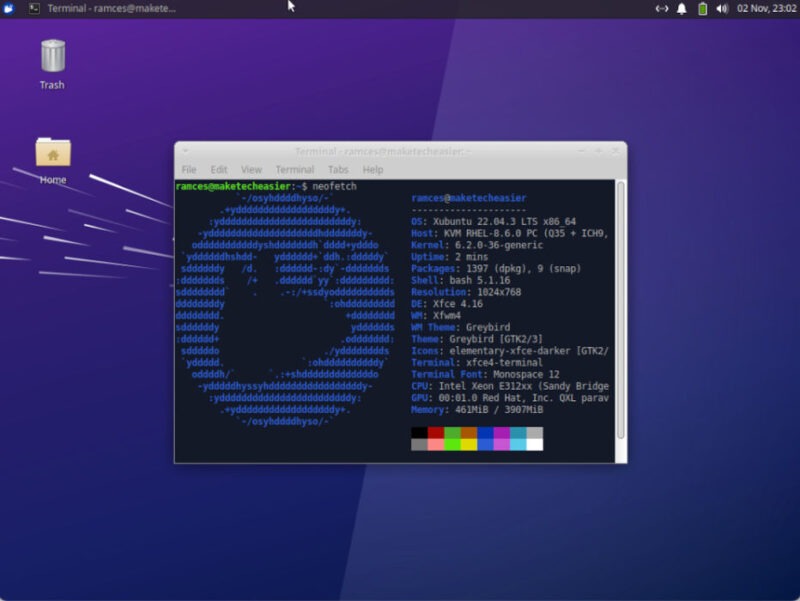
Picking the right lightweight Linux distribution is just the first step in extracting the most out of your resource-light system. Learn how you can further optimize your machine by installing your own Linux kernel in Ubuntu. Aside from that, you can also learn how to preserve your SSD disks by enabling TRIM in Linux.
Image credit: Berkeley Communications via Unsplash (Background) and Wikimedia Commons (LXDE Logo, XFCE Logo). All alterations and screenshots by Ramces Red.
Our latest tutorials delivered straight to your inbox